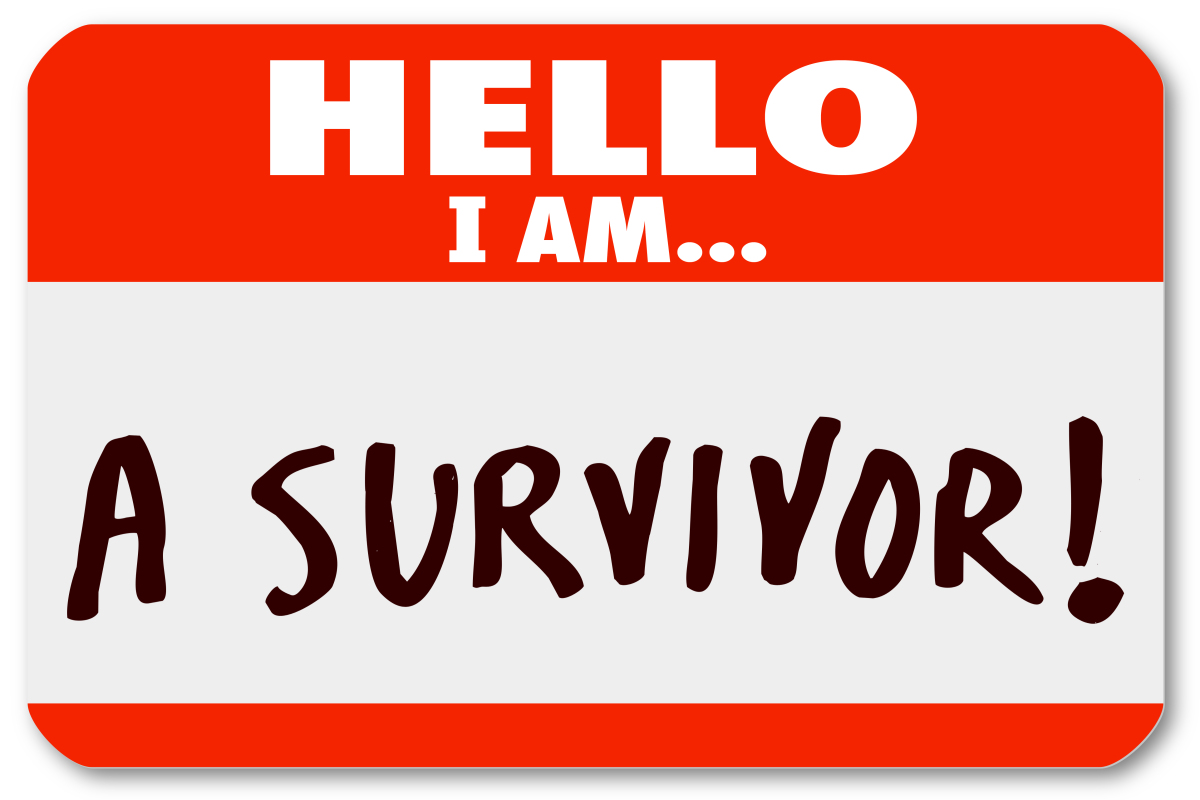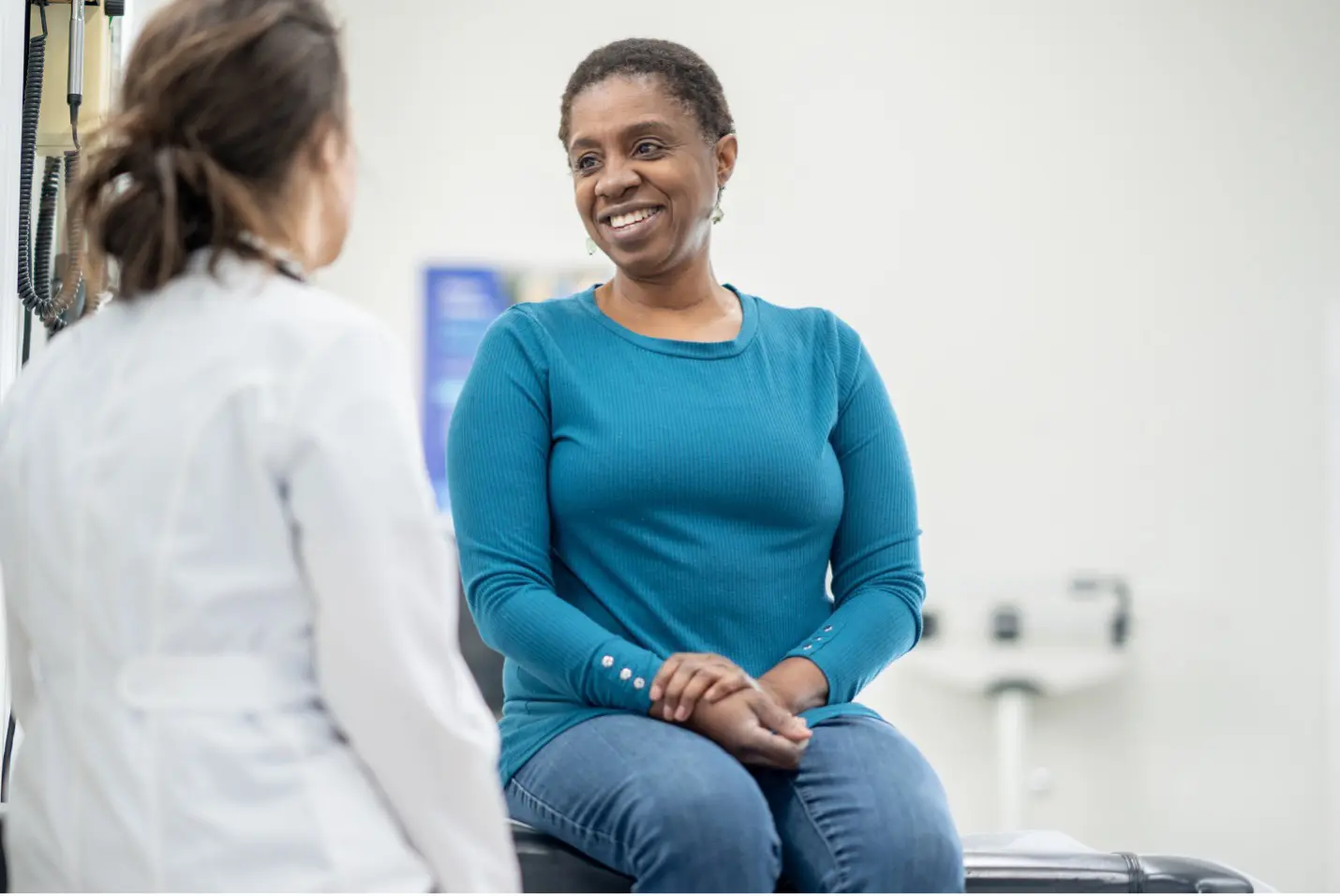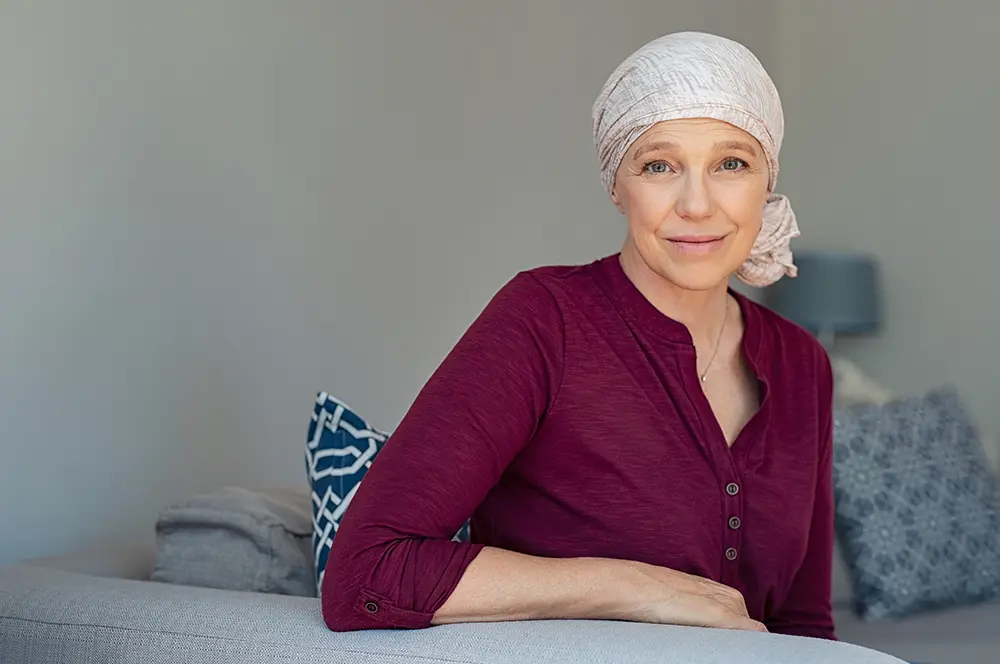by Sarah Jax, AOCNP
sur•vi•vor (noun)
 “One who remains alive and continues to function during and after overcoming a serious hardship or life-threatening disease.”[1]
“One who remains alive and continues to function during and after overcoming a serious hardship or life-threatening disease.”[1]
According to the American Cancer Society, as of January 1, 2014 there were 14.5 million people living in the United States with a history of cancer. This number is expected to rise to almost 19 million by the year 2024. It is expected that nearly 1.7 million people will be diagnosed with cancer in 2016[2]. People are being diagnosed earlier and living longer with their cancer diagnoses due to advances in cancer screening and treatment such as early detection of colon cancer through the use of colonoscopy screenings, utilization of 3D mammography in breast cancer, development of targeted and immunotherapy for a variety of cancers and many more ground-breaking treatments. With the rising numbers of people living with a history of cancer, it is important for healthcare providers to routinely incorporate survivorship care into the care of their patients and for patients to ask for these services from their cancer care team.
The term “survivor” may cause discord to some patients. One may consider him or herself a cancer survivor once he or she has “beat” cancer. Another patient may consider him or herself a cancer survivor from the moment he or she hears the words “you have cancer.” According to the National Cancer Institute (NCI), a patient is considered a cancer survivor from the time of diagnosis and through the continuum of his or her life.[3]
Here at Minnesota Oncology, we recognize the NCI’s definition of a cancer survivor and are striving to build on our longstanding survivorship program by offering survivorship care at time of initial diagnosis for all patients, regardless of cancer stage. This visit is a one-on-one counseling visit with an advanced practice provider (APP) – a nurse practitioner, physician assistant, or clinical nurse specialist—to clarify the patient’s diagnosis, educate on the proposed treatment plan, discuss symptom management, assess quality of life and identify physical, functional, social or emotional concerns of the patient and those he or she considers important in his or her life. Survivorship care at the time of diagnosis is like sewing together the netting before walking on a tight rope; we want to ensure all applicable resources are in place first so the patient doesn’t run into trouble along the way.
When one’s treatment is completed or the patient identifies new concerns, survivorship care continues with the APP providing a treatment summary/survivorship care plan which lists the specifics of diagnosis, treatment received, potential late and long-term side effects of treatment and the follow-up plan. A common concern of cancer survivors at time of primary treatment completion is “where do we go from here?” Survivorship care at this stage is used to tie everything together that has happened over the previous weeks/months/years to make the whole experience more understandable. It is also a time to discuss cancer surveillance (How often are you seen by your oncologist for follow-up? Are MRIs/CT scans/PET scans used to assess for cancer recurrence? Is it recommended to have labs drawn with each follow-up appointment?) and make recommendations for primary care health maintenance (for example, immunizations, blood pressure and cholesterol monitoring, and other cancer screenings).
Common concerns of cancer survivors include chemo brain, chronic fatigue, weight gain from treatments, mental health issues such as depression, risk of bone loss from cancer treatments, among others. The fear of cancer recurrence is another frequently reported concern of patients living with a history of cancer, one that can be emotionally tolling. Survivorship care includes helping the patient recognize that the fear of recurrence may be a lifelong concern, but hopefully one can learn to cope with the fear of recurrence and identify ways to not let this fear consume his or her life. Ongoing care of the cancer survivor needs to focus on identifying these lingering concerns and side effects of treatment and, if needed, direct the patient to appropriate community and national resources.
Finally, survivorship care always includes maintaining hope – hope for minimal side effects of therapy; hope for healing when treatment is completed; and hope that someday we will find a cure.
Learn more about Minnesota Oncology's Survivorship Program here.
- National Cancer Institute at the NIH. NCI Dictionary of Cancer Terms. Retrieved from: http://www.cancer.gov/publications/dictionaries/cancer-terms?cdrid=450125
- American Cancer Society. (2016) Cancer Facts & Figures 2016. Atlanta: American Cancer Society.
- Institute of Medicine and National Research Council. (2005). From Cancer Patient to Cancer Survivor: Lost in Transition. Washington, DC: The National Academies Press. doi:10.17226/11468.



